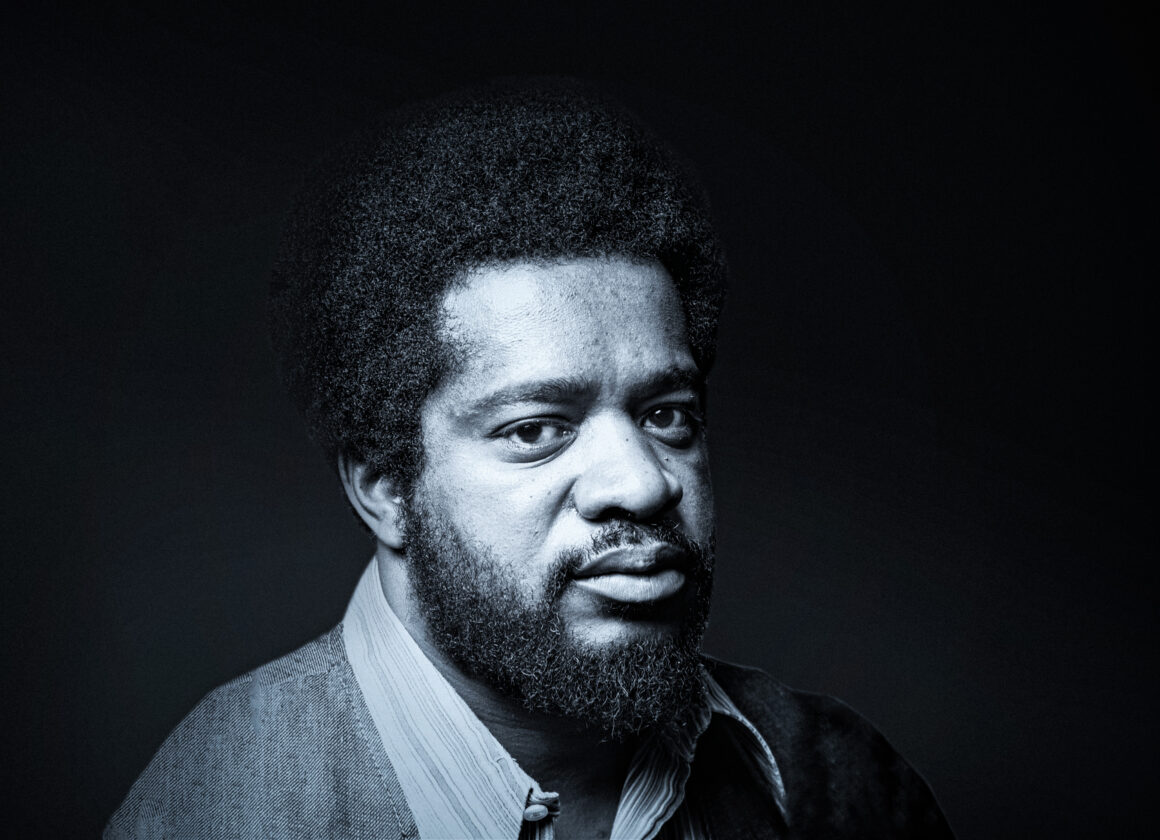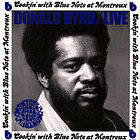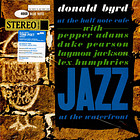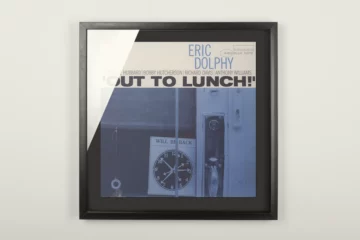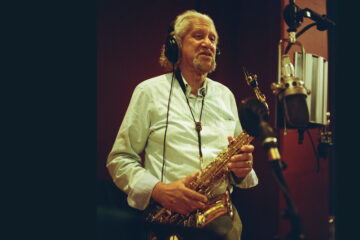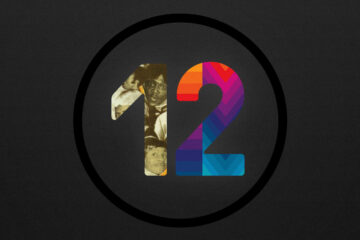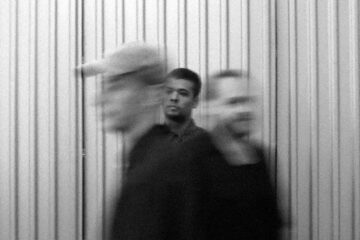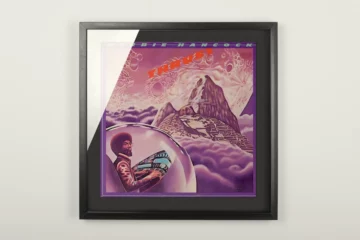»I’m one of the most sampled artists in the United States,« Donald Byrd said on December 4, 1998. The trumpeter is on stage at Cornell University’s Barnes Hall in New York. Students hang on the lips of the almost two-metre tall giant, who had long become one of the all-time greats of jazz by the end of the nineties. He talks for an hour about Morse code and mathematical theories, about his first solo with John Coltrane and the hit he recorded for Blue Note. Byrd, then in his mid-60s, knows how to impress the next generation. »People like Guru, Tupac and LL Cool J all use the music I recorded in the 60s and 70s. And I love it.«
The door to the jazz world burst open
Donald Byrd was born in Detroit, Michigan, in 1932. While his father, a pastor, raises him with the Bible, his mother spins records by Louis Armstrong and Duke Ellington. As soon as little Don breathes through a trumpet for the first time, they suddenly realise, their son fairs better with octaves than he does with the creation story. Donald performed with Lionel Hampton even before he went to high school. In the Air Force he blows the roll call, at university he gets his master’s degree in music in record time. In 1955, Art Blakey is looking for a replacement for one of his Jazz Messengers. The call from New York reaches Donald Byrd. He replaces his idol Clifford Brown. Byrd knows that he has not only opened the door to the jazz world, but has blown it wide open.
After a year, the up-and-coming musician leaves Art Blakey’s jazz band. Donald Byrd, who has quickly made a name for himself as a hard bop virtuoso with his trumpet skills, goes his own way. In 1957 alone, he spends more time in the studio as a sideman than any other jazz musician during that period. In 1958, Byrd signs a contract with Blue Note Records. He releases »Off To The Races« and the album cover features the 26-year-old bending over the bonnet of a Mercedes sports car. A cigarette glowing in his hand. He blows trumpet on all six tracks.
In the early 1960s, Donald Byrd discovers the then unknown Herbie Hancock in Chicago. 14 Grammys later, Hancock recalls in 2015, »It was my first time playing with Donald and I was incredibly nervous. At the end of the jam session, I turned to him and thanked him for the opportunity. I was sure I had screwed it up. But Donald just said, ›Hey Herbie, we’re taking you with us to the gig tomorrow!‹« A year later, Byrd laid his cards on the table: With »Royal Flush« he not only helped Bill Higgins and Butch Warren – two newcomers on drums and bass – to their Blue Note début. Hancock, who Byrd described in the liner notes as a mixture of Bill Evans and Hank Jones, came up with »Requiem« as his very first own composition.
While Hancock was cruising the streets of New York in a sports car with the earnings from “Watermelon Man” in his pocket a little later, Byrd was studying with Boulanger in Paris. The French master composer had already tutored Quincy Jones and Philipp Glass. When Donald Byrd came to her, he was a musician who not only wanted to learn, but also to teach. In the 1960s, Byrd still found time to record more than 15 albums for just Blue Note alone. But after his return from France, his focus shifted to the seminar room. Driven by a need to make jazz and its history a »legitimate part of the curriculum«, Byrd created three jazz majors at East Coast universities. One of them would place him in the charts.
Blackbyrds fly, Blackbyrds fly
Miles Davis cooks up an electronic soup at Columbia that is said to have impressed Byrd. He realises that he has to break up the soul structures in hard bop to avoid having to take early retirement in his early 40s. His concern is »fancy free«: to get young people who know nothing about jazz excited about jazz. »I wouldn’t even dare talk to them about bebop, they have no idea about it, because it’s something for older people,« Byrd was later to say in his Cornell Lecture. An approach that was to earn him a following called the Blackbyrds at Howard University in Washington D.C.
»Donald saw the potential in his students,« says Kevin Toney, a former pianist and Byrd student. »So he formed a band – without professionals, and just his music students.« They studied during the week and went to gigs at the weekends. In the 1970s, the Blackbyrds released eight albums that aired musty jazz cellars. Byrd, who was not afraid of fusion, said, »If you remember the things I did before, just forget them: forget them and understand youth! Party a bit!«
When Byrd learned in the 90s that half of the East Coast was using his Blue Note catalogue, Guru didn’t need any persuasion.
Jazz suddenly travelled from your head to your legs with the Blackbyrds. The student band produced dance music that appealed to a new generation because they understood their language. »Walking In Rhythm« earns the Blackbyrds a Grammy nomination, »Rock Creek Park« reaches the Billboard charts with over a million singles sold. »It took me 25 years to do what these kids did in one year – now we have a gold record,« says Byrd.
The success of Donald and his Byrds is due in large part to the Mizell brothers, a sibling duo who studied with the trumpeter from an early age. In search of work, they moved to the US West Coast. And when Byrd comes to LA in 1972 to record a Blue Note record, they meet up again. One of the brothers is said to have gone and wired up a synthesiser, then Byrd enters the studio – and they record a song that makes jazz critics sit up and take notice.
Stepping into Tomorrow
»Black Byrd« becomes one of Blue Note’s greatest hits. The success made the jazz world spin faster than a turntable. Some considered the move towards R’n’B that Donald Byrd and the Mizell brothers took a »sellout«. Others compared Byrd to a »renegade« who abandoned the hard bop style he had founded. The fact that Byrd continued to blow against the wind was to pay off in another scene altogether: In the discos of the 1970s, Byrd’s records pleat and crease the dancer’s trousers. If you listen to songs like »Stepping Into Tomorrow« today, you’ll be spinning the glitter ball again half a century later.
Donald Byrd not only had a prolific solo career at the time, but he also toured colleges across the US. In 1976, he succeeded in completing his law degree. How did the trumpeter, who is said to have lived a disciplined life devoid of drug escapades, find the time to do this alongside his musical teaching? I have no idea! Perhaps it has something to do with the fact that as a trained pilot, Byrd could fly himself to his gigs.
Even though he returned to his hard bop roots in his twilight years, Byrd continues to be an experimentalist. When he learned in the 90s that half of the East Coast was using his Blue Note catalogue, Guru didn’t need any persuasion. The trumpet funks into the MPC because of »Jazzmatazz«. By the way: MTV broadcasts the Montreux Jazz Festival for the first time in 1993. Byrd trumpets to the rapper’s lines – in the audience, even the last desk jockey finally realises that two generations share the same language here.
Byrd died in 2013 at the age of 80. He taught and showed hundreds of people how to find jazz until the very end. If you watch Grammy award-winning trumpeter Darren Barrett’s YouTube videos, you’ll hear Donald Byrd’s reverberations in every word. »No limits, never!« That’s what he gave me, says Barrett in the video series he dubbed »Byrd-ism«. He was sitting in the auditorium where Byrd talked about Morse code and mathematical theories, about his first solo with John Coltrane and the hit he recorded for Blue Note.

